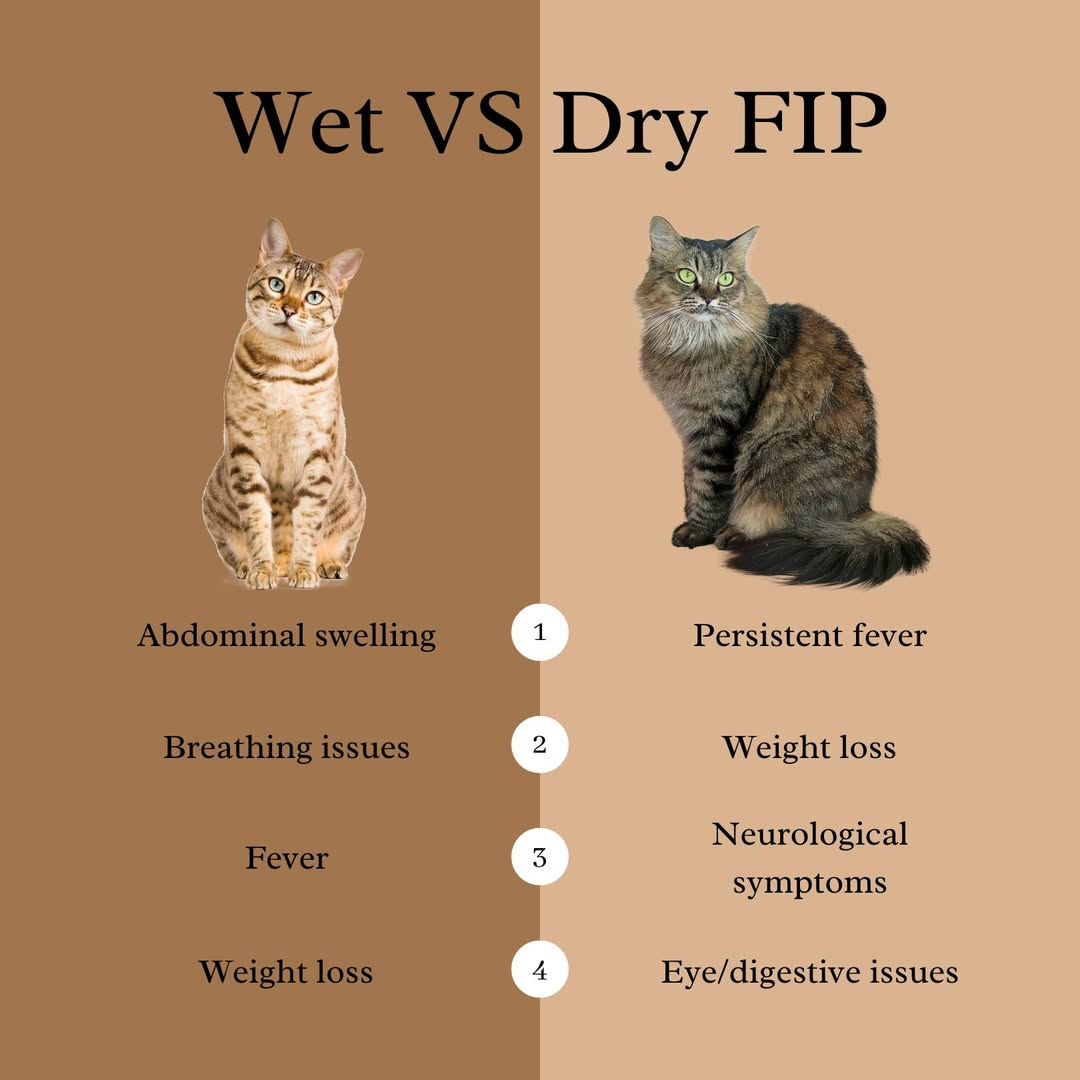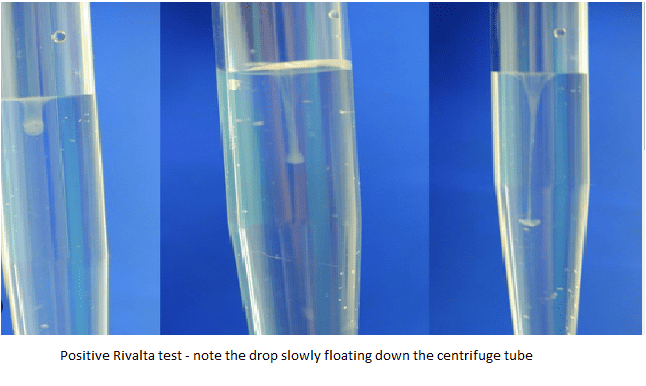6. GIT infections of cats. Infectious peritonitis & pleuritis
1/25
There's no tags or description
Looks like no tags are added yet.
Name | Mastery | Learn | Test | Matching | Spaced |
|---|
No study sessions yet.
26 Terms
What are examples of GIT infections of cats?
Feline panleukopenia infection (FPV)
Feline coronavirus (FCoV)
Feline infectious peritonitis and pleuritis (FCoV → FIP)
Feline leukaemia virus
Feline immunodeficiency virus
Salmonellosis - Salmonella spp.
Campylobacteriosis- Campylobacter jejuni
Enterotoxaemia- Clostridium perfringens !!! (secondary to panleukopenia)
Helicobacter
E. Coli
What is the causative agent of feline panleukopenia?
Feline parvovirus
How is feline panleukopenia transmitted?
Direct contact: body fluids, faeces.
Indirect contact: fomites; bedding, food dishes, or clothes of humans
Transplacental in pregnant queens
Recovered cats become carriers, persists in the environment.
Seasonal occurrence- more in autumn
What type of cells does feline parvovirus infect and destroy?
Intestinal crypt epithelium (ulceration)
Actively dividing cells in bone marrow, lymphoid tissues
What are the clinical signs of feline panleukopenia?
Gastroenteritis, fever, vomiting, diarrhoea, liver failure, sudden death
Foetus/neonates: cerebellar hypoplasia (2nd/3rd trimester)
Kittens: bloody diarrhoea, anaemia, leukopenia, lethargy
Older: enteritis, diarrhoea, pain, foetal death, panleukopenia (especially neutropenia)
What is a common secondary bacterial infection with feline panleukopenia?
Clostridium perfringens
How is feline panleukopenia diagnosed?
History (no vaccine), clinical signs
Haematology: leukopenia, anaemia
Rapid test (faecal Ag ELISA)
Oro-pharyngeal mucosal swabs
What is the treatment for feline panleukopenia?
Causal: Hyperimmune serum (vaccination)
Symptomatic: Antiemetics, diazepam, H2 blockers, proton pump inhibitor.
Supportive: Rehydration (5% dextrose in saline), blood transfusions, ATB for 2nd bacterial infections.
How is feline panleukopenia prevented?
Vaccination (6-8 weeks, 12 weeks, 16 weeks, 1 year, booster every 3 years or yearly if high risk)
What is the causative agent of feline coronavirus (FCoV)?
Feline enteric coronavirus (FCoV)
What are the clinical signs of feline coronavirus infection?
Subclinical or mild, self-limiting enteritis, sometimes vomiting & diarrhoea
How is feline coronavirus transmitted?
Ingestion or inhalation of virus-containing faeces, saliva, urine
Contact with contaminated fomites
Vertical transmission (transplacental, lactogenic)
How is FCoV diagnosed?
Serology (SNAP test, ELISA, IFAT), PCR
What is the treatment for FCoV?
None
How does feline coronavirus lead to feline infectious peritonitis (FIP)?
Mutation of FCoV to a biotype capable of infection and replication within macrophages. Not all cases of FCoV will develop to FIP
Is feline infectious peritonitis contagious?
No, but feline coronavirus is contagious
What are the clinical signs of feline infectious peritonitis (FIP)?
Undulating fever, weight loss, anorexia, depression, effusive (wet) form (ascites, pleural effusion, pericardial effusion, vasculitis, jaundice), non-effusive (dry) form (pyogranulomas, ocular signs, neurological signs)
What is the pathogenesis of FIP?
Mutation of FCoV → replication in macrophages and monocytes → immune-mediated vasculitis due to antigen-antibody complex deposition → DIC
What are the clinical signs of FIP?
Initially FCoV: mild enteritis, undulating fever, weight loss, anorexia
Effusive (wet) form:
Develops within weeks due to accumulation of inflammatory exudate. Polyserositis, Effusion/accumulation of fluid in abdomen or thorax (Abdominal ascites makes the cat pear shaped), Pleural effusion causes respiratory distress, pericardial effusion, vasculitis & jaundice.
Non- effusive (dry) form:
May take months to develop → Formation of pyogranulomatous inflammation in various tissues. Pyogranulomas on liver & kidney (renomegaly), failure of kidney & liver.
Ocular: bilateral anterior uveitis.
Neurological signs: Any CS caused by meningoencephalitis (ataxia, hyperaesthesia, nystagmus)

How is FIP diagnosed?
No definitive test.
History, clinical signs
Biochemistry, haematology
Ab: ELISA, IFAT, VN [no diagnostic value]; Ag: PCR [confirms diagnosis]
Effusion analysis: Rivalta test
USG, X-ray (ascites)
What is the Rivalta test used for?
To analyse effusion (positive: precipitates and falls slowly due to high proteins)

What are the treatment options for FIP?
Drugs to reduce virus multiplication or improve immunity
Polyprenyl (immunostimulant)
Remdesivir (antiviral)
GS-441524 (antiviral)
Euthanasia (if all else fails)
How is FIP prevented?
Vaccination (not generally recommended)
Improve nutrition, reduce stress, improve hygiene, reduce faecal contamination,
Separate kittens from seropositive cats
What is a major source of Feline coronavirus transmission in multi-cat household environments?
Shared litter boxes
What type of immunity is important in Feline coronavirus infections?
Mucosal and cell-mediated immunity
How does the type of immune response affect the type/severity of FIP?
Weak cell mediated immunity / strong humoral immunity → Ab bind Ag, but cannot eliminate it → acute exudative form
Medium cell mediated immunity / normal humoral immunity → chronic dry form